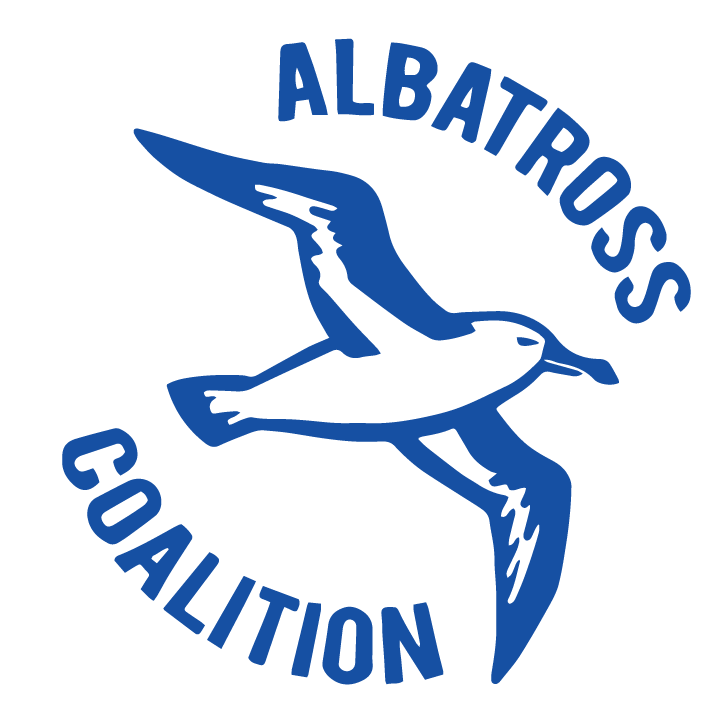Dear Coca-Cola, PepsiCo and Nestlé Waters
Download: Albatross Coalition Coca-Cola letter 2017 01 19 We are writing to you as co-chairs of Save the Albatross Coalition, a campaign of non-profit Zero Waste USA. Our mission is to prevent plastic discards from leading to the death of more than 200,000 Laysan Albatross chicks each year in the Papahanaumokuakea Marine National Monument, which…
